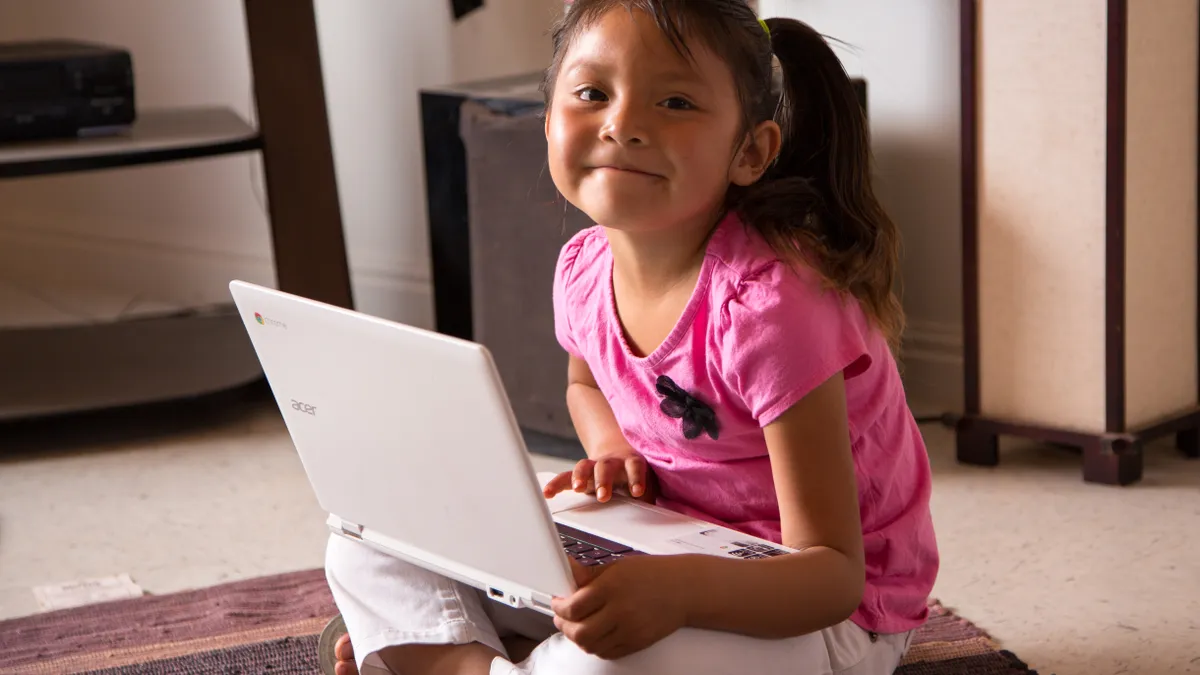Dive Brief:
- Programs like Sprint’s 1Million Project and Google Fiber are helping close the digital divide for students who don’t have access to internet-enabled devices or internet itself at home, but EdTech: Focus on K-12 reports corporate efforts are not enough.
- Communities that go untouched by these corporate programs have worked to expand access by creating Wi-Fi directories that help students find free, public Wi-Fi outside of the school and this effort is popular because it doesn’t cost any money and it takes little time.
- Some districts have gone even further, partnering with libraries and nonprofits to create device lending programs that give students access to laptops and tablets, as well as mobile hotspots to get them online from home.
Dive Insight:
Students living in rural poverty are being increasingly left behind. Corporate programs often focus on cities, even though rural areas present more difficult challenges. When students go to school 15 miles or more from home, surrounded by prairies or forests, they don’t have as much flexibility to study in public places with free Wi-Fi. Laying fiber or expanding Wi-Fi networks throughout district territory is also harder in these places, where infrastructure is limited.
The new FCC chairman, Ajit Pai, has mentioned prioritizing efforts to expand access in rural areas. One reason he opposed the modernization of the E-Rate program was because he said it did nothing to address the disproportionate benefit for districts in urban areas, at the expense of their rural peers.






 Dive Awards
Dive Awards






